Noah Kadner: Connie Kennedy is the head of Epic Games’ Los Angeles Lab, responsible for industry education and adoption. She also manages the company’s Unreal Fellowship, a popular ongoing workshop series designed as a boot camp in Unreal Engine for visual effects professionals. Before that, she spent many years producing and coordinating visual effects. As with many of our successful guests, Kennedy’s path to Hollywood started in an unlikely location.
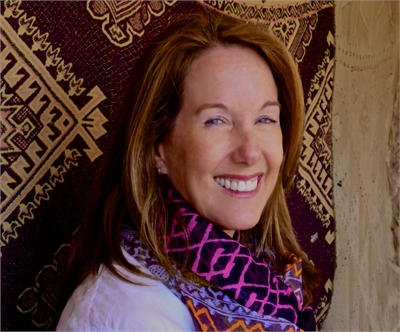
Connie Kennedy: I moved to Canada, and I was living on one of the Gulf islands. And so many people think that I got into film because my sister and brother-in-law helped me get into film, and they had nothing to do with me getting into film. I actually started by working on a small, independent Canadian film.
It was about a million dollars, and we brought the whole circus over to one of the Gulf islands and shot on Galiano Island. And it was a film that won 11 different awards at the film festival. But it was not something that was a well-known movie.
Because when people ask me, “how do I get into working on movies,” I’ve said to them that a lot of it is just being in the right place at the right time and taking advantage of the circumstances because I think there are so many different skills that people bring to the effort that it’s not something that you necessarily go to school and learn.
Noah Kadner: After her initial positive experience with her first movie, Kennedy realized she needed to specialize to make it into a career. So she carefully studied the different jobs on the production.
Connie Kennedy: When I looked at the creative process of making a film, I wanted to work immediately and close with the people that we’re directing, that we’re designing, that we’re putting together the look of the picture.
And I realized that that probably started with locations. And I, of course, had no idea that there was a job like location scouting. But once I got on a set and realized that this was a function of making movies, I thought this sounds great. So it wasn’t a matter of someone showing me what to do. It was just reading a script, breaking it down, and thinking about where this could happen.
Noah Kadner: Kennedy was interested in still photography, which was well-suited to location scouting.
Connie Kennedy: So I had a couple of different cameras I would go out. And once I had broken down a script, I would determine the area of the province where I thought it would work. And I would take pictures that were tiled to create a panorama. I would set it up in a. File folder. And I would create the narrative for the designer and the director so that they could walk through the location.
The interesting thing about doing photography for locations is that I tried to take the very best pictures I could. I tried to make it look great. I’d wait for the right light. I’d get the right angle. And, I realized very early on that that wasn’t what we were looking for.
We needed to know what was really there, not what I wanted it to look like. Did look like what was real. So it was important for me to take the things that worked and the things that didn’t work and to display everything about the location in a way that would allow us to walk through it without actually being there.
We could work on anything from an independent Canadian film that was a low-budget to a TV series or a commercial film. I realized later that that wasn’t really the experience of many people in Los Angeles. it tended to be segregated where you worked fun film, or you worked in television, or you worked on commercials.
Noah Kadner: Kennedy enjoyed several years working on various projects in Vancouver as the area gradually became a hub for major American productions. She also began to gravitate from location work to post-production.
Connie Kennedy: My career moved into predominantly working on larger pictures. and then. Also, setting up for visual effects. increasingly films would call for green screen work, which meant that we had plate photography that needed to be set up.
There were different shots that required match moving and panel scans. And I began to realize that there was a lot more to this than what I’d seen because the post-production side of it was not something that was necessarily happening in Vancouver at the time. All of that was happening back at ILM in San Francisco was going back to Los Angeles.
Especially on the movie Dreamcatcher, which was a Larry Kasdan film, I thought, maybe I’ll go to ILM and check this out.
And I spent about a month at ILM Watching them put together. The green screen shoots the post-production process for some of the shots that we’d set up with plates on location.
I was flabbergasted at how many people were involved. And I became increasingly intrigued with the process and realized that this was where filmmaking was headed. And it was daunting at first to think, well, do I need to completely start over again?
Noah Kadner: Bitten by the visual effects bug, Kennedy took a career risk and relocated from Vancouver to Los Angeles.
Connie Kennedy: I began by sitting in on Garfield, the cat, and taking notes on animation. I realized that that wasn’t really what I wanted to do, but it was an interesting process to understand all that went into putting together animated characters.
I then moved into coordinating. I did one of the worlds, and then I moved on to coordinating Van Helsing in Prague, where we shot that. And that was another experience where I was helping to set up the plate shots and visual effects that ILM was doing.
I began to realize that there was a whole aspect of the organization that was needed for digital asset management. And. I was asked to work on the movie Tintin, and this was a completely animated feature. didn’t require any physical locations or any physical production, but the process of filmmaking was similar.
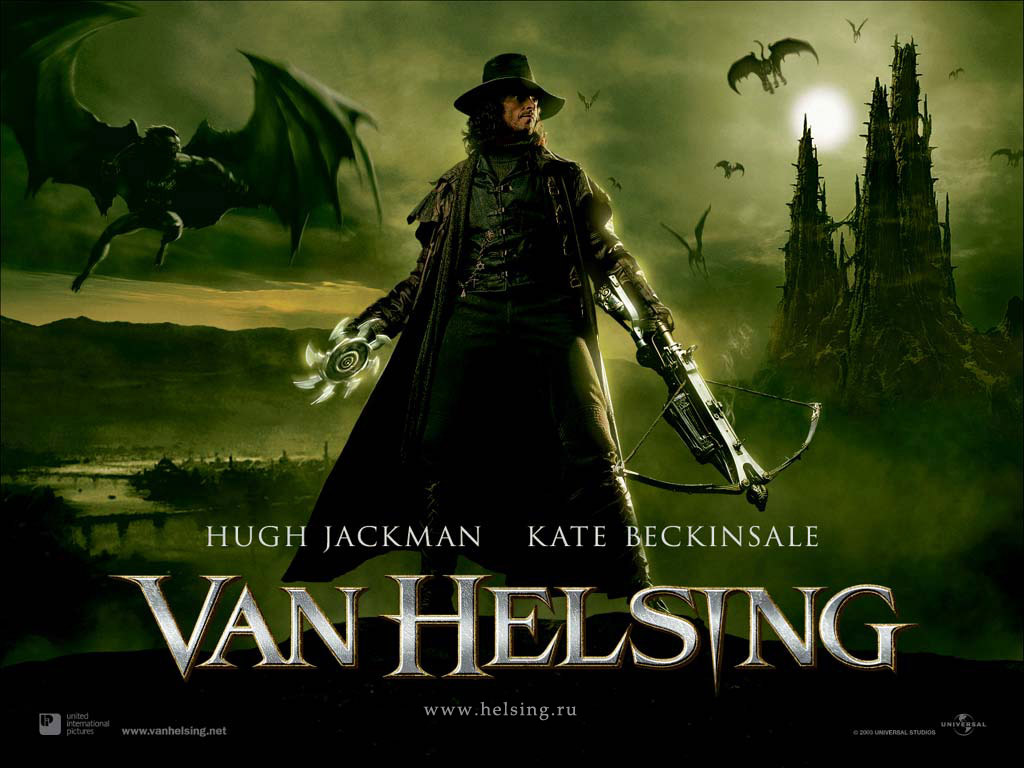
It all took place on a stage. And we had props that we needed to manage and set pieces that we needed to manage, so I put together a database with the help of others to begin to bulk code and track all that was used.
And. In the process of that, I met people who were with giant studios who were doing motion capture, and I was really intrigued with what they were doing with motion capture,
Noah Kadner: Kennedy ultimately decided to follow motion capture, a well-known form of virtual production, over to the post-production side.
Connie Kennedy: So I left production and began working with giant studios and eventually with profiles studios and focusing more on gaming.
It’s still basically facilitating and producing as opposed to actually doing the work on the computer, but being a part of the process. And then, about three years ago, Profile Studios was asked to work on The Mandalorian with Epic Games and then with ILM, and I felt like when I stepped on that stage, I felt like my career had gone full circle, that I, all of a sudden I’m in an environment I’m working with people together who represents every single department that I had been working with previously that we’ll all on the stage simultaneously working together.
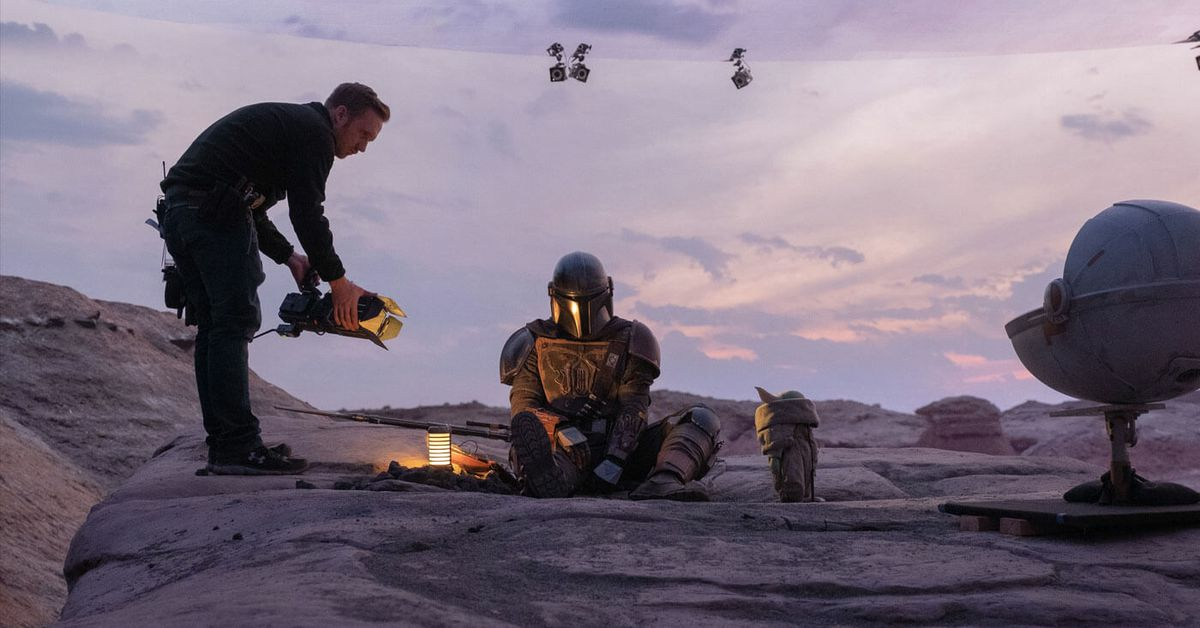
For people coming into the business, trying to transition from having been working in production and then working on an LED volume with virtual environments. I think it’s difficult when you haven’t had the experience of being part of production. And you’re trying to integrate your skills into an environment that is very creative well, you’re, basically being informed by the technology and the visuals and you’re, making decisions that aren’t necessarily linear, now we’re creating 3D environments, and we’re including all of the visual effects elements that used to be created in post and we’ll composite them, and we’re creating a feedback loop in real-time.
It’s fascinating to me that over the last 30 years, it’s followed the trajectory of digital technology and the way that digital technology has changed the ability to recreate reality in a virtual environment.
Noah Kadner: During her time in the motion capture world, Kennedy got to experience a profoundly emotional project when she worked on a mixed-reality VR installation exploring the human condition of immigrants and refugees, Carne Y Arena, directed by Alejandro González Iñárritu.
Connie Kennedy: Alejandro had been thinking of this project for about full years, and he had a very personal connection to the experience of the people who came in from South America.
And there were about 20 of them. We didn’t realize that he was bringing in the real people, that he wasn’t hiring actors. So we put them all, even the kids, we put them all in motion capture suits, and we spent three days shooting.
Them recreating the experience. And it was really powerful because they weren’t acting, they were reliving what had happened to them. It was a really special project because of that. You take your shoes off, and you walk in the sand, and you have the goggles on, and you’re alone with them in this virtual world. And it’s really powerful.
Noah Kadner: Even though her career has come full circle, and she’s landed squarely at the epicenter of virtual production, Kennedy still credits basic people skills as key to her success.
Connie Kennedy: Communication skills are really, really important. Being able to be flexible and to be open-minded and to. Allow for people to be creative and to improvise, but not go off the rails,
I’ve watched the most unexpected changes happen on a set, not because of the director, the designer, or the art director. But it might be somebody altogether different who has an idea or brings something to the experience because it’s a collaborative effort.
You’re constantly being asked to do things that push the envelope, whether it’s financial or whether it’s, doing something that there isn’t enough time to get it done. Oil where it’s something where the technology isn’t quite there, and you’re going to push it and probably get close to breaking it, but you might actually succeed.
Noah Kadner: Beginning in the summer of 2020, Kennedy managed Epic Games’ popular Unreal Fellowship program to help retrain experienced visual effects professionals in Unreal Engine.
Connie Kennedy: it was, basically, a response to the pandemic that people were stuck at home. there’s all this new technology that people want to get involved in that epic has been positive, and the unreal engine just has so much potential food, all different verticals.
And we wanted to try and put it together. Closest would allow people to not only learn the tools but also bring what they already know to the process and then allow them to put what they learned into a project. And you know, what’s amazing is as we’ve been doing this, things like the metahuman initiative have come online simultaneously.
And I’ve watched as students have gotten into this, that they’ve come up with ideas that, stimulated by their understanding of this new tech. And they’re responding to the ease with which they’re able to use, three laterals, new technology for meta-humans like, they’re shot out of a cannon.
And some of the shorts that have come out of the fellowship have been unbelievably creative and really inspiring.
Noah Kadner: Demand for the Fellowship is so strong that Kennedy is often asked for alternatives from prospective students.
Connie Kennedy: There are so many people that want to be a part of this. If people can’t actually take the course, we’ll recruit all of the sessions, and we’re creating a community of people who are in contact with each other regularly.
We’ve been trying to appeal to different companies, trying to help people who are putting together new teams and getting them all onto the fellowship so that they can share in the experience and apply it to their projects when they return to work. and then we’ll also look at the possibility of directing attention to different universities and different educational institutions and focusing on.
Groups such as cinematographers and directors, we’ve got all kinds of ideas on how to start to specialize the program around those people in different departments of filmmaking and television.
This isn’t just about pushing buttons. It’s not just about the tech, it’s about the people bringing all different types of skills together and understanding that. It’s still about the story, and it’s still about content. We’re still trying to put together imagery that works for the story.
Noah Kadner: The Fellowship was something of a corollary to the original goal of Kennedy’s work at Epic, the creation of the Los Angeles lab stage facility.
Connie Kennedy: We’d been building a stage where we’re going to be doing all kinds of events and bringing clients into look at new tech, integrating new HUD were talking about the new features of the unreal engine. So even though we’d been locked down with the pandemic, we’ve been working hard to get a space that will be up and running and available to the community. And I think a lot of the people that have been going through the fellowship and different companies that are anxious to get up and running with production again, so we’re excited about what we’ll head it into for the next few years. And, we’ll see where this takes us.
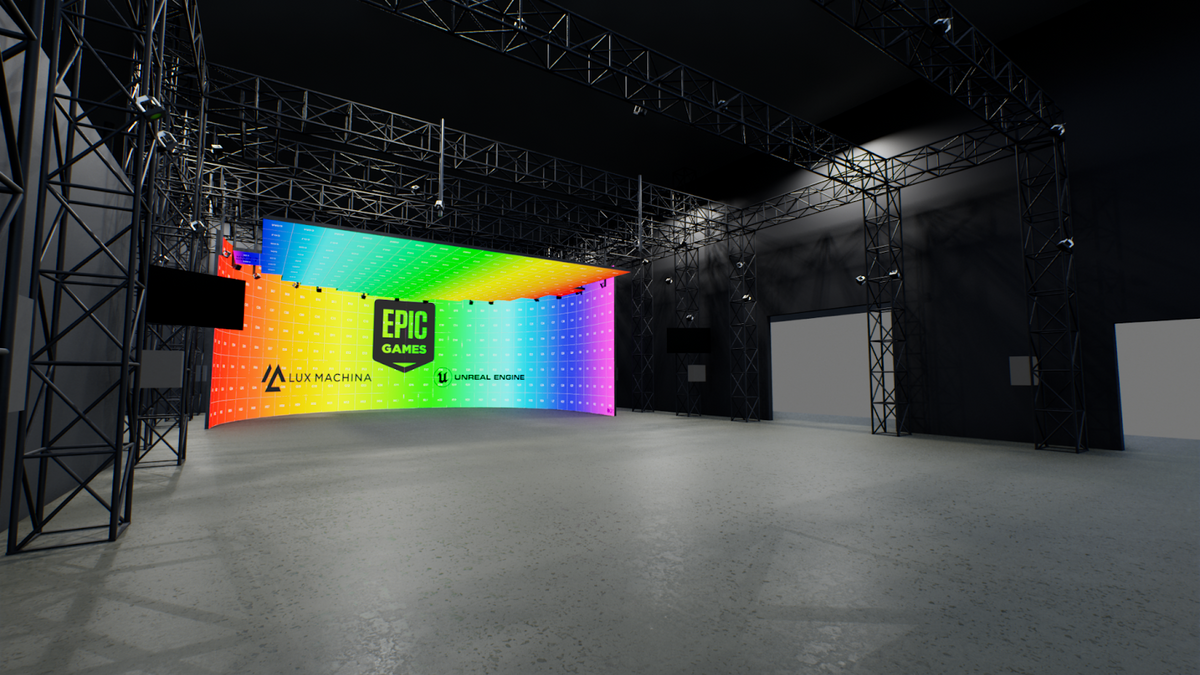
Noah Kadner: Epic sees the promise of the L.A. Lab as not just for validating virtual production workflows but also being a testbed for different technologies, owing to the company’s software development background.
Connie Kennedy: True to our open source and agnostic approach. epic is very interested in trying to integrate as many different types of technology as possible. And we’ll talk of close to different camera providers like airy and Sony and red. And we hope to showcase all of those solutions on the stage and encourage people to come in and understand as much as they can about a variety of different types of hardware and software solutions.
We’ll try trying to facilitate their success. That’s our main goal. We want everyone to succeed at this, and we want to be the software platform that helps them do that.
Noah Kadner: Beyond virtual production, Kennedy has had the opportunity to see the impact of game engine technology across other verticals and envision how it will change entertainment in the future.
Connie Kennedy: When you really look at this, and you look at the way that entertainment is evolving, you look at film and television and games, and you see the way this is all intersecting. Now it’s allowing us to be players in a game or in a film or video experience in a way that we’ve never been able to do before.
Multiplayer gaming has definitely set the stage for that way of thinking. I think the Fortnite experience is the beginning of helping people understand the concept of the metaphor. and it’s a completely different way of approaching business.
Instead of it being a passive experience, as it has been in the past, we’ll move towards a new paradigm. Moving into a situation where going to participate in what it is we’re watching. It’s no longer going to be a passive experience.
Noah Kadner: Kennedy sees the potential of technology for adverse outcomes, but she also genuinely believes the benefits outweigh the risks.
Connie Kennedy: Most of us are using this technology in ways that are positive and not negative. I mean, certainly, you could go down the road of talking about deep, fake, and all the things that are really quite frightening about the ability to recreate reality. People and human beings in ways that look as real as the real thing.
But on the other hand, the ability to put yourself into virtual experiences that feel real, I think. Expand our consciousness and expand the human experience. We’re already doing that. It’s already putting us together with people in a creative environment that is really exciting where we don’t necessarily have to be in the same place at the same time.
it’s offering us the ability to work in the cloud and to begin to put together all kinds of ideas about different types of entertainment, or even solutions to things like medicine and architecture and all different types of verticals where people can participate together without being confined by geography a gender or race. . I see it as a very positive. Future in that respect,
Noah Kadner: Asked how production technology might evolve in the future, Kennedy sees shared experiences and real-time feedback as key.
Connie Kennedy: When I stepped onto a stage with an LED wall and a 3D environment, and we’re tracking the camera in that environment, we had a feedback loop that was allowing us to make decisions in real-time. Then looking at the digital human initiative and where that’s going and how that’s changing everything about how we create virtual characters. I’m really excited about where we are right now. I feel like the changes are accelerated at this moment in a way that they haven’t been for probably the last 10 years.
I feel like we’ve pivoted again, and we’re putting together various types of technology, whether it’s hardware or the kinds of advancement with motion capture advancement, visuals, and virtual environments. and rendering capabilities that are allowing us to make these changes so quickly. And it’s, getting closer and closer to having the experience on a stage, be the same as the experience in a real location in real-time.
Noah Kadner: Asked how newcomers can gain entry into the world of virtual production, Kennedy suggests learning Unreal Engine itself as a start.
Connie Kennedy: It’s so quickly becoming a platform for virtual production that think learning unreal and understanding even if you’re, not going to be an artist operating, an unreal machine on a stage, understanding how virtual environments are created, how they’re optimized for a stage having a base understanding of color and how that works.
There are so many different skills that are required to really understand how to recreate reality on the stage. I think there’s an opportunity for people with various interests to focus on and bring to that team.
Virtual production is such a catchall it’s not one thing. So I think people may misunderstand that virtual production is something altogether new. It really is the evolution of physical production.
Noah Kadner: You’ve been listening to the virtual production podcast. Special thanks to my guest Connie Kennedy for joining us.
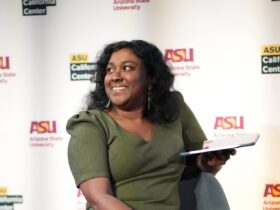
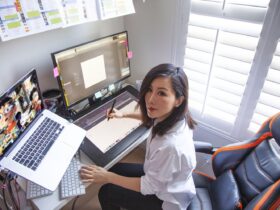
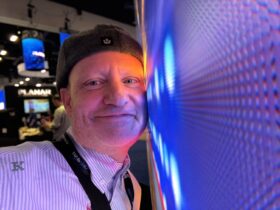
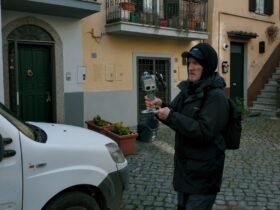
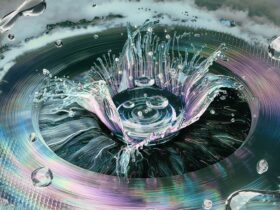
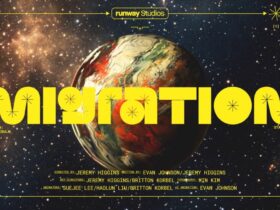
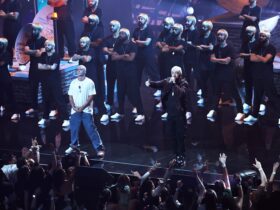
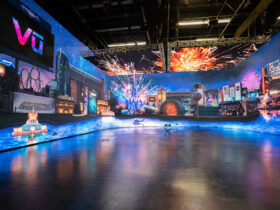
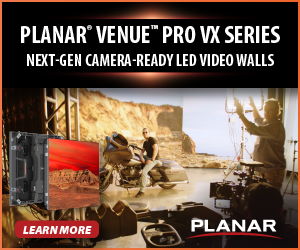
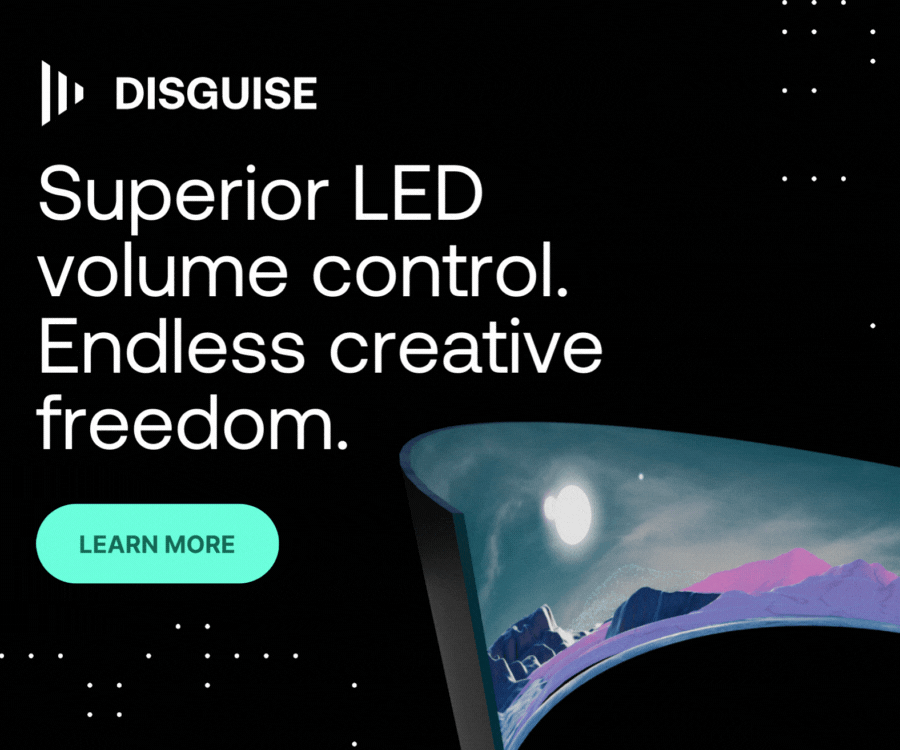
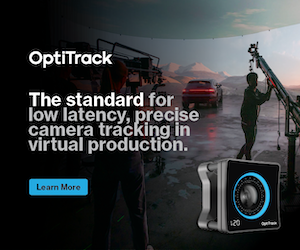
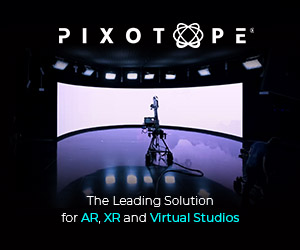
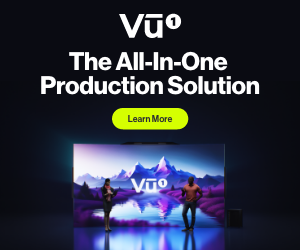
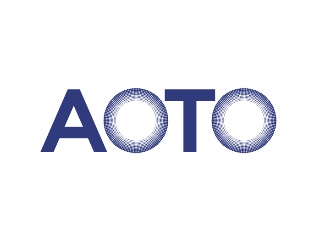
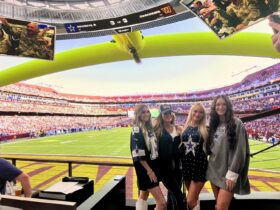
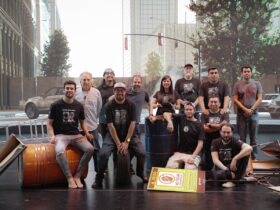
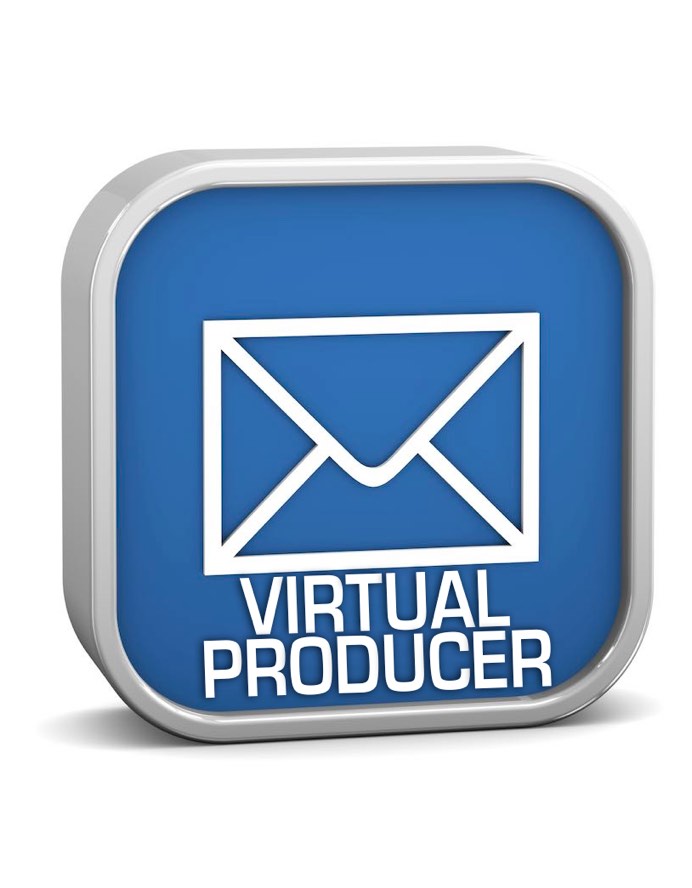
Leave a Reply